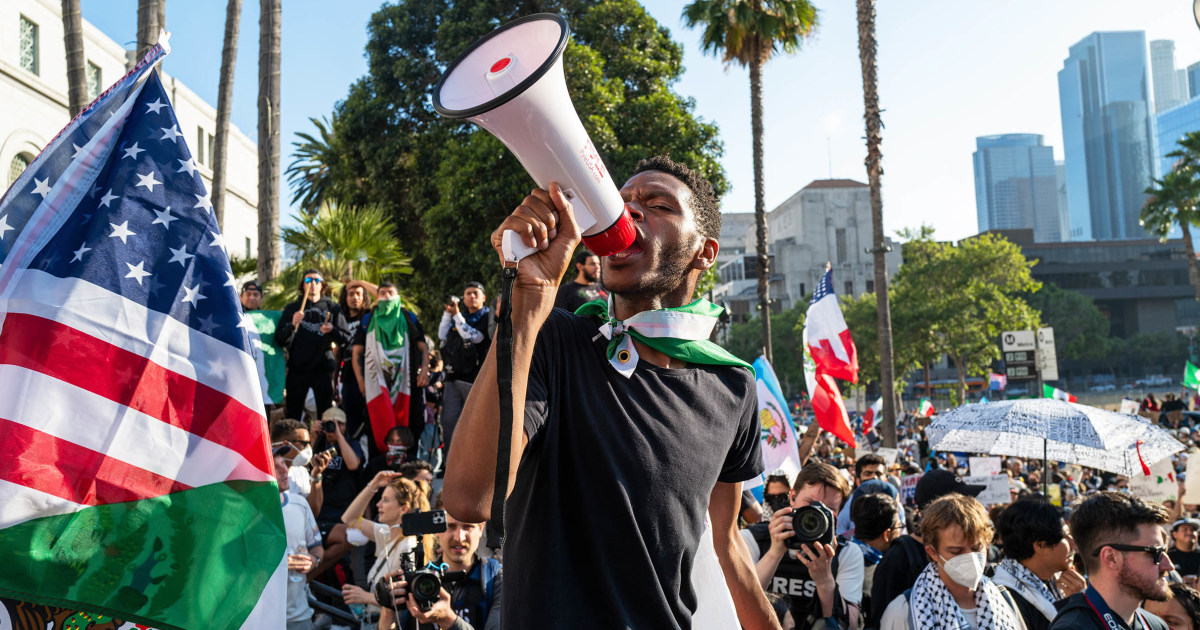The Burning of Waymo Cars: A Shocking Incident Under Federal Investigation
The streets of downtown Los Angeles witnessed a disturbing scene recently when five Waymo self-driving vehicles were set ablaze during protests. This act of arson has now drawn the attention of federal authorities, prompting an investigation led by the U.S. Bureau of Alcohol, Tobacco, Firearms and Explosives (ATF). The fires not only raised concerns about public safety but have also sparked discussions related to the broader implications for the future of autonomous vehicles in urban environments.
Overview of the Incident
The fires occurred on a day filled with demonstrations related to former President Donald Trump, amidst which the vast majority of protesters remained peaceful. Yet, amid the backdrop of civic unrest, these fires quickly became a focal point, attracting media coverage and igniting a flurry of online commentary. Videos and images showcasing the flaming robotaxis went viral, cementing this incident in the public discourse surrounding autonomous technology.
The Role of the ATF
In the aftermath of the destruction, the ATF announced a national team would be deployed to investigate the arson. Special Agent in Charge Kenneth Cooper from the Los Angeles Field Division emphasized the urgency of determining the responsible parties. "The cause of these fires is quite obvious," he stated, echoing the sentiments of many watching from afar. The ATF’s continued involvement underscores the seriousness with which authorities are treating this case, not only from a criminal perspective but also considering its potential implications for public sentiment towards self-driving cars.
Waymo’s Response and Operations
Waymo, which operates approximately 1,500 robotaxis across cities such as San Francisco, Phoenix, Austin, and now Los Angeles, has expressed commitment to the safety and security of its vehicles. As a subsidiary of Alphabet Inc. (Google’s parent company), Waymo has been at the forefront of autonomous vehicle technology. The company had plans for expansion this year, highlighting the importance of a stable and secure environment for the public acceptance of driverless cars.
Broader Impact on Autonomous Vehicle Acceptance
The arson incident illustrates not only a criminal act but also a symbolic blow to the perception of automated transportation. With autonomous vehicles still in their early stages of deployment, acts of vandalism and unrest may hinder the efforts of developers and policymakers attempting to convince the public of their safety. Many view autonomous cars as the future of transportation, promising safer roads and reduced traffic congestion—but incidents like this could instill fear and resistance among the populace.
Implications for Protests and Civil Unrest
As cities grapple with increased protests and demonstrations, the interplay between public sentiment and emerging technologies becomes increasingly complex. While many engage in peaceful protests advocating for change, the actions of a few can lead to significant repercussions for businesses and technologies within the community. This raises questions about the relationship between civic activism and corporate interests, especially for companies like Waymo aiming to revolutionize mobility.
Community Reaction
The local community in Los Angeles has had mixed reactions to the incident. Some express outrage at the destruction of property and the loss of potential advancements brought by companies like Waymo. Others see the incident as a reflection of deeper societal issues that need addressing, pointing to the increased polarization in current social and political climates. This mix of perceptions will likely influence how the community looks at both protests and technology moving forward.
Looking Ahead
As the ATF’s investigation unfolds, the outcome may set a precedent not just for the responsibility of individuals in protests but also for the future of tech companies operating in public spaces. The results may have lasting implications for how autonomous vehicles are perceived and integrated into urban life, highlighting the balancing act between innovation and public safety.
By considering these aspects, the narrative surrounding the burning of Waymo cars extends beyond mere incidents of vandalism into a discussion on technology, society, and the evolving landscape of civil discourse.


